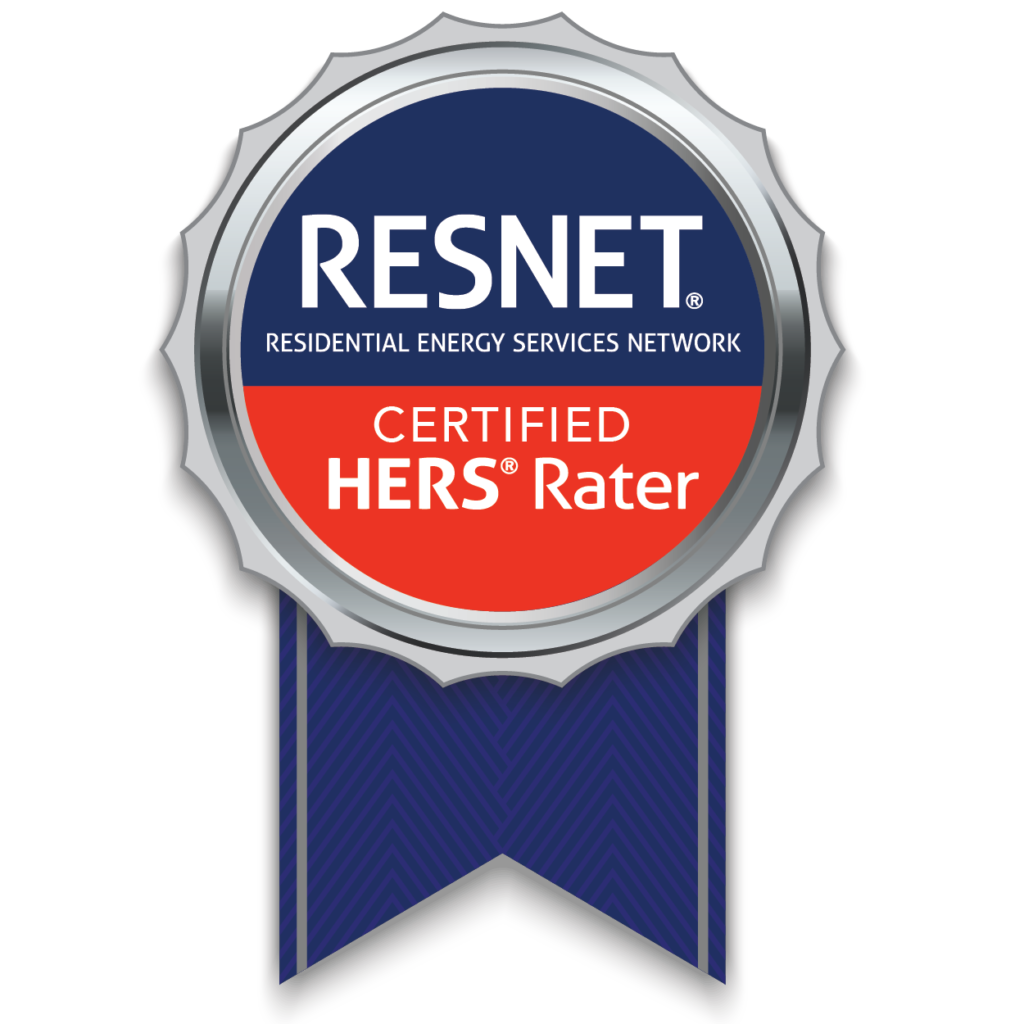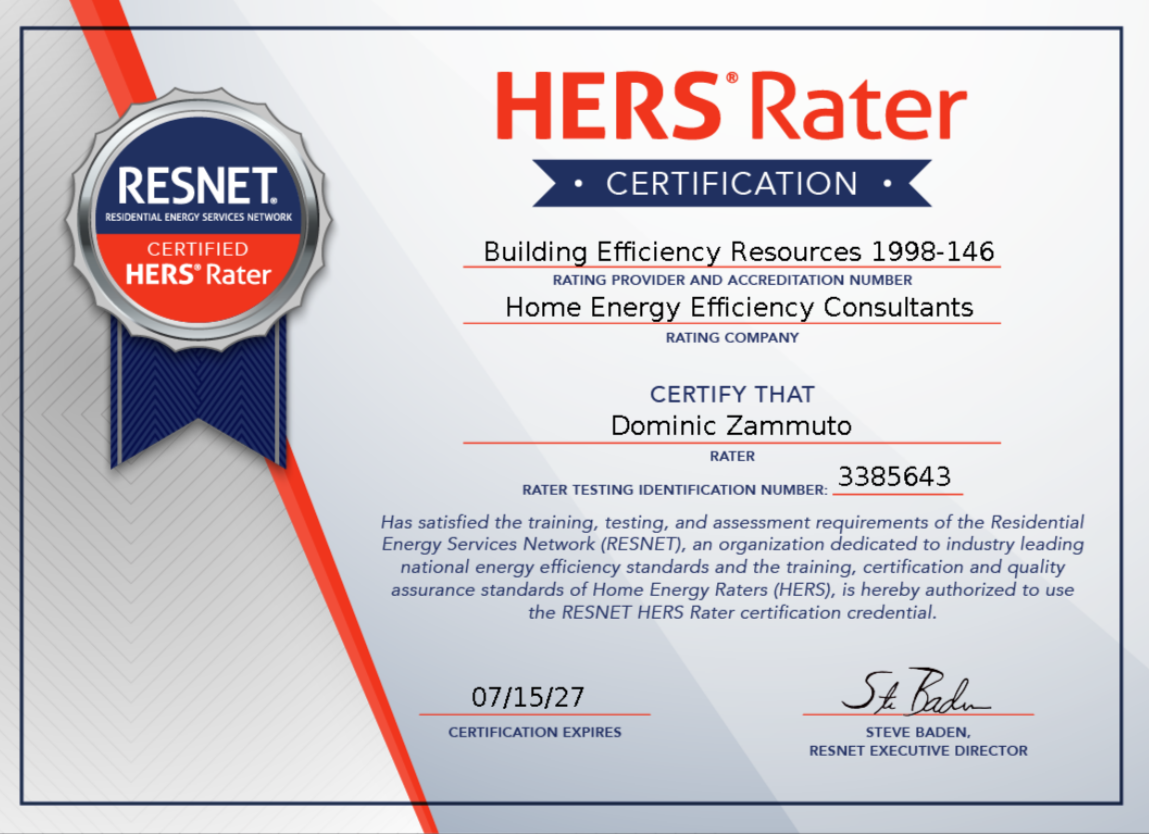The HERS score plays a crucial role in home construction, purchase decisions, and energy-saving upgrades. For homeowners, builders, and real estate investors, knowing the implications of this rating helps maximise property value, reduce long-term costs, and contribute positively to the environment.
Overview of the HERS Index System
The Home Energy Rating System (HERS) Index is the industry standard for measuring a home’s energy efficiency in the United States. Developed by RESNET (Residential Energy Services Network), this index compares a home’s energy use to a baseline standard.
A typical new home built to code is assigned a score of 100 on the index. A net-zero energy home, which produces as much energy as it consumes, scores 0. The scale is open-ended above 100 for homes consuming more energy than the reference standard, often due to outdated systems or insufficient insulation.
Interpretation of HERS Scores
Lower scores signify better efficiency and less energy consumption. Here is a detailed breakdown of different score ranges and their meanings:
| HERS Score Range | Performance Explanation |
| 0 | Net-zero energy home with renewable systems fully offsetting energy usage. |
| 1-50 | Exceptional efficiency achieved through superior insulation, advanced air sealing, high-performance windows, and often renewable energy integration such as solar. |
| 51-65 | Very efficient modern homes with strong building practices exceeding minimum code requirements. |
| 66-85 | Newer homes built to meet standard code; efficient but lacking advanced technologies or additional energy upgrades. |
| 86-100 | Existing homes meeting older standards with higher utility bills. |
| 100+ | Inefficient homes with outdated construction, minimal insulation, and old mechanical systems leading to high energy consumption. |
Characteristics of Homes Achieving Lower Scores
Homes scoring below 50 incorporate numerous energy-saving elements:
- Thick, well-installed insulation in walls, attics, and floors to reduce heat transfer.
- Airtight construction techniques preventing air leakage.
- High-efficiency HVAC systems consuming less energy while maintaining comfort.
- Energy Star-rated appliances and lighting reducing electrical loads.
- Renewable energy systems like photovoltaic solar panels providing partial or complete energy offset.
Energy Savings Linked to Different Scores
For every point reduction on the HERS Index, a home’s energy consumption decreases by approximately 1%. For example:
- A home scoring 60 is 40% more efficient than a standard new home.
- A home scoring 30 is 70% more efficient, significantly lowering heating, cooling, and electricity costs.
Good HERS Score Benchmarks for New Constructions
Builders aiming for market competitiveness and sustainability often target HERS scores between 40 and 60. This range provides:
- Superior energy savings for homeowners.
- Greater appeal in the real estate market due to eco-friendly features.
- Compliance with many energy efficiency programs and local government incentives.
Some advanced builders specialising in passive houses or net-zero energy homes aim for scores under 20 or even 0, incorporating technologies such as heat recovery ventilation systems, triple-glazed windows, structural insulated panels (SIPs), and solar arrays.
Evaluating Existing Homes for Improvement
Older homes commonly have HERS scores above 100, reflecting outdated building methods and mechanical systems. Improving such homes involves:
- Adding or upgrading insulation in attics, walls, and crawl spaces to minimise heat loss.
- Replacing single-pane windows with double or triple-glazed options featuring low-emissivity coatings.
- Sealing air leaks around doors, windows, ducts, and penetrations to reduce drafts.
- Upgrading HVAC systems to Energy Star-rated high-efficiency furnaces, boilers, or heat pumps.
- Installing programmable or smart thermostats to optimise heating and cooling schedules.
- Adopting renewable energy systems such as rooftop solar to offset electrical usage.
Even moderate retrofits can reduce scores by 20-30 points, resulting in significant energy savings and enhanced indoor comfort.
Financial and Lifestyle Benefits of Achieving a Good Score
A lower HERS score provides immediate and long-term advantages:
- Lower utility bills due to reduced energy consumption.
- Enhanced comfort from improved insulation, sealing, and consistent indoor temperatures.
- Improved indoor air quality with better ventilation and reduced infiltration of pollutants.
- Higher property value as energy-efficient homes remain in demand among buyers prioritising sustainability and operational savings.
- Eligibility for incentives including tax credits, rebates, and favourable mortgage programs designed for energy-efficient properties.
- Contribution to environmental goals by reducing greenhouse gas emissions associated with home energy use.
Processes Involved in Obtaining a HERS Rating
A certified HERS rater conducts a thorough evaluation involving:
- Plan analysis (for new homes) – Reviewing construction blueprints for insulation, HVAC design, window specifications, and air sealing details.
- On-site inspection – Examining insulation installation, ductwork, window quality, and building envelope.
- Blower door test – Measuring air leakage in the building envelope.
- Duct leakage test – Evaluating air leakage in HVAC ducts, if applicable.
- Energy modelling – Using gathered data to calculate the HERS score based on RESNET-approved software.
Homeowners and builders receive a detailed report outlining the final score, areas of strength, and opportunities for improvement.
Regional Standards and Certification Requirements
Some states, municipalities, and energy efficiency programs set minimum HERS scores for new constructions or renovations. For example:
- Energy Star Certified Homes often require scores of 80 or below depending on local climate zones and program updates.
- Zero Energy Ready Homes (DOE Program) usually demand HERS scores below 50, incorporating additional renewable readiness features.
- Local building codes in progressive regions increasingly integrate HERS Index compliance as part of energy efficiency standards for residential projects.
Steps for Builders Targeting Optimal Scores
Builders aiming for competitive energy-efficient homes implement:
- Integrated design processes involving architects, engineers, and energy consultants from the planning stage.
- High R-value insulation systems installed to manufacturer specifications without compression or gaps.
- Advanced framing techniques reducing thermal bridging while maintaining structural integrity.
- Air sealing strategies using tapes, gaskets, and spray foams to eliminate leaks.
- High-efficiency HVAC design with appropriately sized systems and sealed ductwork.
- Water heating systems with energy-efficient technologies such as heat pump water heaters or tankless models.
- On-site renewable energy integration where feasible to reduce net energy consumption.
Potential Challenges in Achieving Lower Scores
While targeting a low HERS score brings significant benefits, challenges may include:
- Increased upfront costs for high-performance materials and technologies.
- Specialised construction skills required for airtight building and advanced insulation techniques.
- Design limitations in retrofits where structural constraints prevent ideal insulation or mechanical system upgrades.
- Local code barriers or permitting complexities for renewable energy installations in certain areas.
However, these challenges are increasingly mitigated by falling costs of renewable energy systems, builder education programs, and supportive local government policies.
Future Trends in Energy Efficiency Ratings
As climate targets tighten, the construction industry moves towards net-zero energy ready and carbon-neutral standards. Emerging trends influencing future HERS scores include:
- Widespread adoption of electric heat pumps for space and water heating.
- Integration of battery storage systems with rooftop solar to manage peak demand.
- Smart home technologies for optimised energy use, comfort, and grid interaction.
- Embodied carbon assessments added alongside operational efficiency for total environmental impact evaluation.
Homes designed and constructed with these considerations will achieve exceptionally low HERS scores, positioning them as future-proof assets in the real estate market.
Conclusion: Defining a Good HERS Score
For new constructions, a HERS score under 60 is widely regarded as good, with scores under 50 placing a home among the most energy-efficient in its category. Existing homes benefit from incremental improvements aiming to reduce their current score by at least 20-30 points, enhancing comfort, lowering operational costs, and increasing market value.
Achieving a favourable HERS score requires a combination of thoughtful design, quality construction, and advanced technologies. For homeowners, understanding and improving this rating delivers both financial rewards and environmental benefits, contributing to a more sustainable future.





